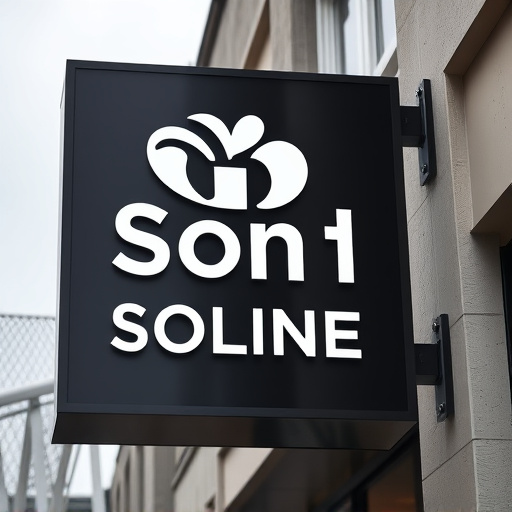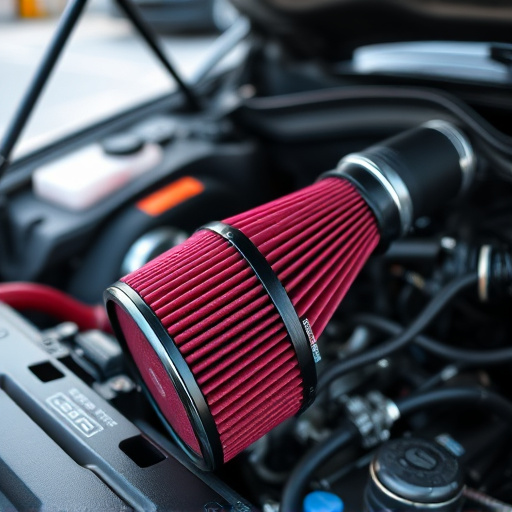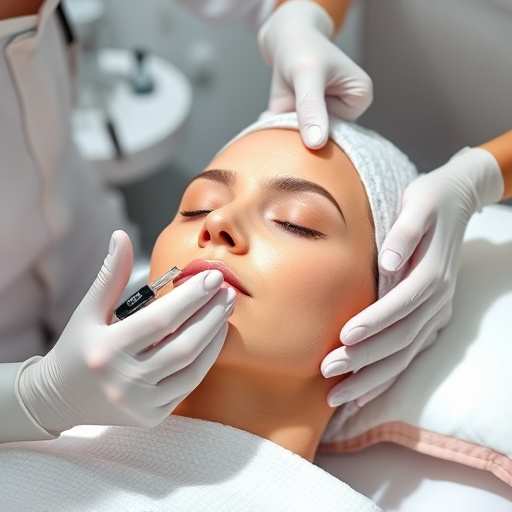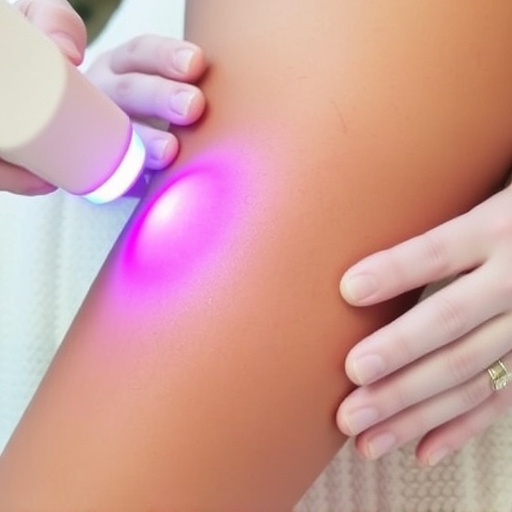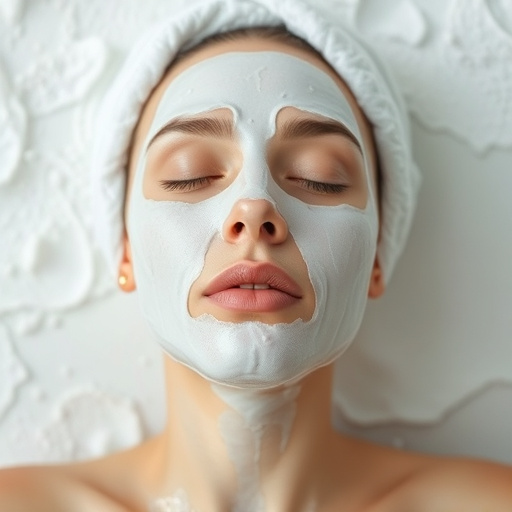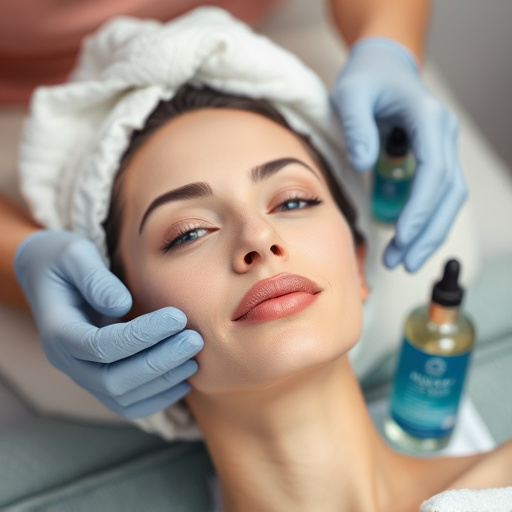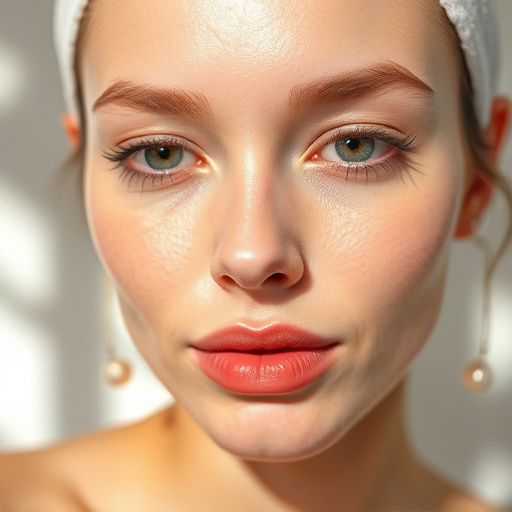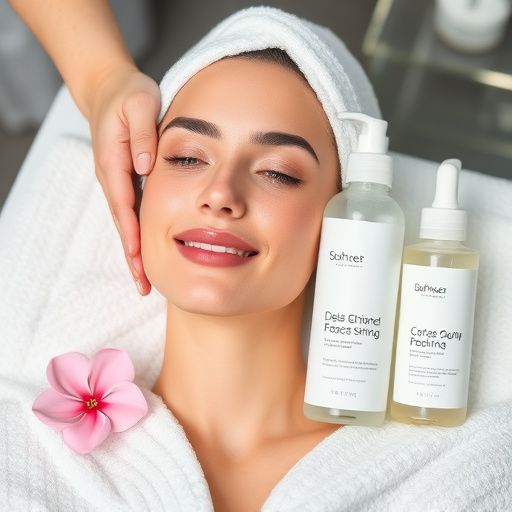Acne, caused by clogged follicles, affects millions globally, with the face most susceptible due to high sebaceous gland density. Hormonal fluctuations, genetics, and stress contribute to its development. Effective acne facial treatment involves deep cleansing, extraction, LED light therapy, chemical peels, and targeted topical medications. A personalized plan, including gentle hydration and nourishment, reduces breakouts, scarring, and wrinkles, leading to improved skin health across face, neck, and back.
Acne facial treatment is a comprehensive approach to managing and preventing skin blemishes on the face, neck, and back. Understanding the causes of these stubborn outbreaks—from hormonal fluctuations to bacteria and environmental factors—is key to effective management. This article delves into creating a tailored facial treatment plan, exploring powerful products and techniques that target acne at its root. Discover expert advice for achieving clear, healthy skin across all affected areas.
- Understanding Acne: Causes and Impact on Face, Neck, and Back
- Creating a Comprehensive Acne Facial Treatment Plan
- Effective Products and Techniques for Acne Management and Prevention
Understanding Acne: Causes and Impact on Face, Neck, and Back
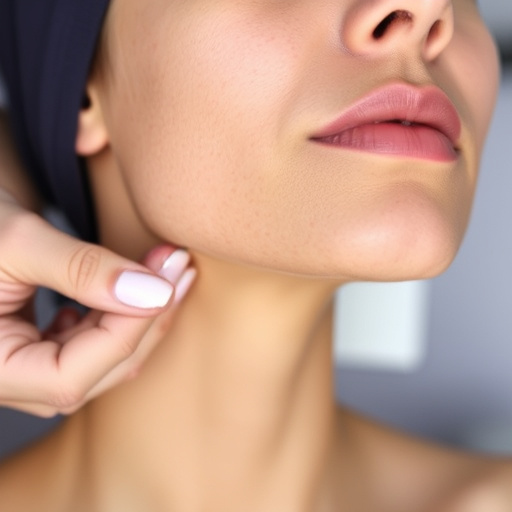
Acne is a common skin condition that affects millions worldwide, often impacting face, neck, and back areas. It occurs when hair follicles become clogged with oil (sebum) and dead skin cells, leading to inflammation and the formation of pimples or cysts. The face is particularly susceptible due to its high density of sebaceous glands, but acne can also flourish on the neck and back, creating unsightly blemishes and causing discomfort.
Understanding the causes of acne is key to effective treatment. Hormonal fluctuations, genetics, and lifestyle factors all play a role. For instance, stress can trigger acne by increasing hormone levels and stimulating oil production. Additionally, certain cosmetics or skincare products might exacerbate the condition. Proper skin care, including regular cleansing, exfoliation, and the use of non-comedogenic products, is essential to manage and prevent acne. Effective acne facial treatment goes beyond surface-level cleaning; it involves deep cleansing, extraction, and often, specialized therapies like LED light therapy or chemical peels to target the root causes and promote healthier, clearer skin, enhancing overall skin health. These treatments not only reduce current breakouts but also help minimize scarring and prevent future outbreaks, contributing to a significant improvement in wrinkle reduction for affected areas.
Creating a Comprehensive Acne Facial Treatment Plan
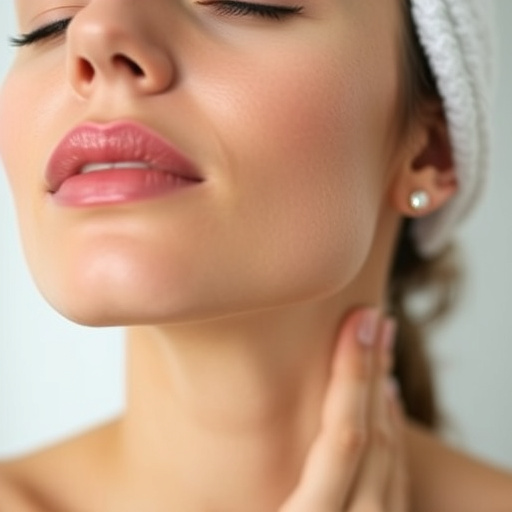
Developing a tailored acne facial treatment plan is essential for achieving clear and healthy skin. The first step involves assessing the severity and type of acne affecting the face, neck, and back areas. This includes identifying factors like clogged pores, whiteheads, blackheads, cysts, or nodules. Consulting with a dermatologist or skincare specialist can provide valuable insights and help determine the most effective approach.
A comprehensive plan may incorporate various techniques such as gentle cleansing, exfoliation (including chemical peels), targeted spot treatments, and regular extraction procedures. Professional skincare treatments like medical spa services can offer advanced solutions, including deep cleaning, extractions, and prescription medications. Customizing the routine to balance hydration, nourishment, and acne management is key to achieving long-lasting results and maintaining a clear complexion.
Effective Products and Techniques for Acne Management and Prevention
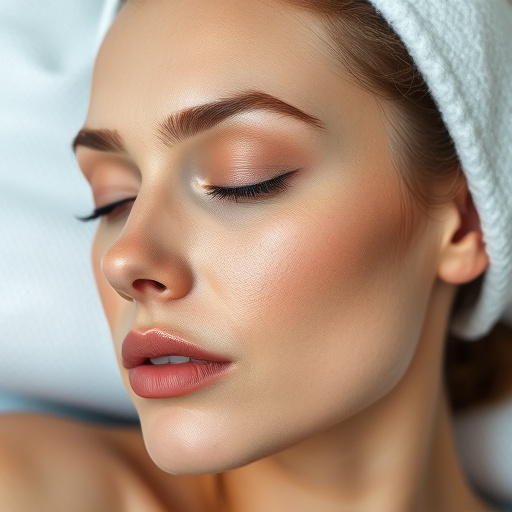
Acne facial treatment requires a multi-faceted approach combining effective products and techniques for both management and prevention. Start by incorporating gentle, non-irritating cleansers into your daily routine to remove excess oil and dirt without stripping your skin of essential moisture. Exfoliation is another crucial step; chemical peels and microneedling therapy can help unclog pores and stimulate collagen production, leaving your skin smoother and clearer.
For targeted treatment, consider using topical medications containing ingredients like benzoyl peroxide or salicylic acid to combat acne-causing bacteria and reduce inflammation. Additionally, non-surgical treatments such as laser therapy can effectively destroy acne-related bacteria and promote new skin cell growth, offering long-lasting results. Regular use of these techniques and products will significantly improve the overall health and appearance of your face, neck, and back areas affected by acne.
Acne facial treatment isn’t just about clearing blemishes; it’s a holistic approach to managing and preventing future breakouts. By understanding the root causes, creating a tailored treatment plan, and utilizing effective products and techniques, you can achieve clear, healthy skin on your face, neck, and back. Remember that consistency is key when it comes to acne management, so stick with your routine and enjoy the journey towards a glowing complexion.




